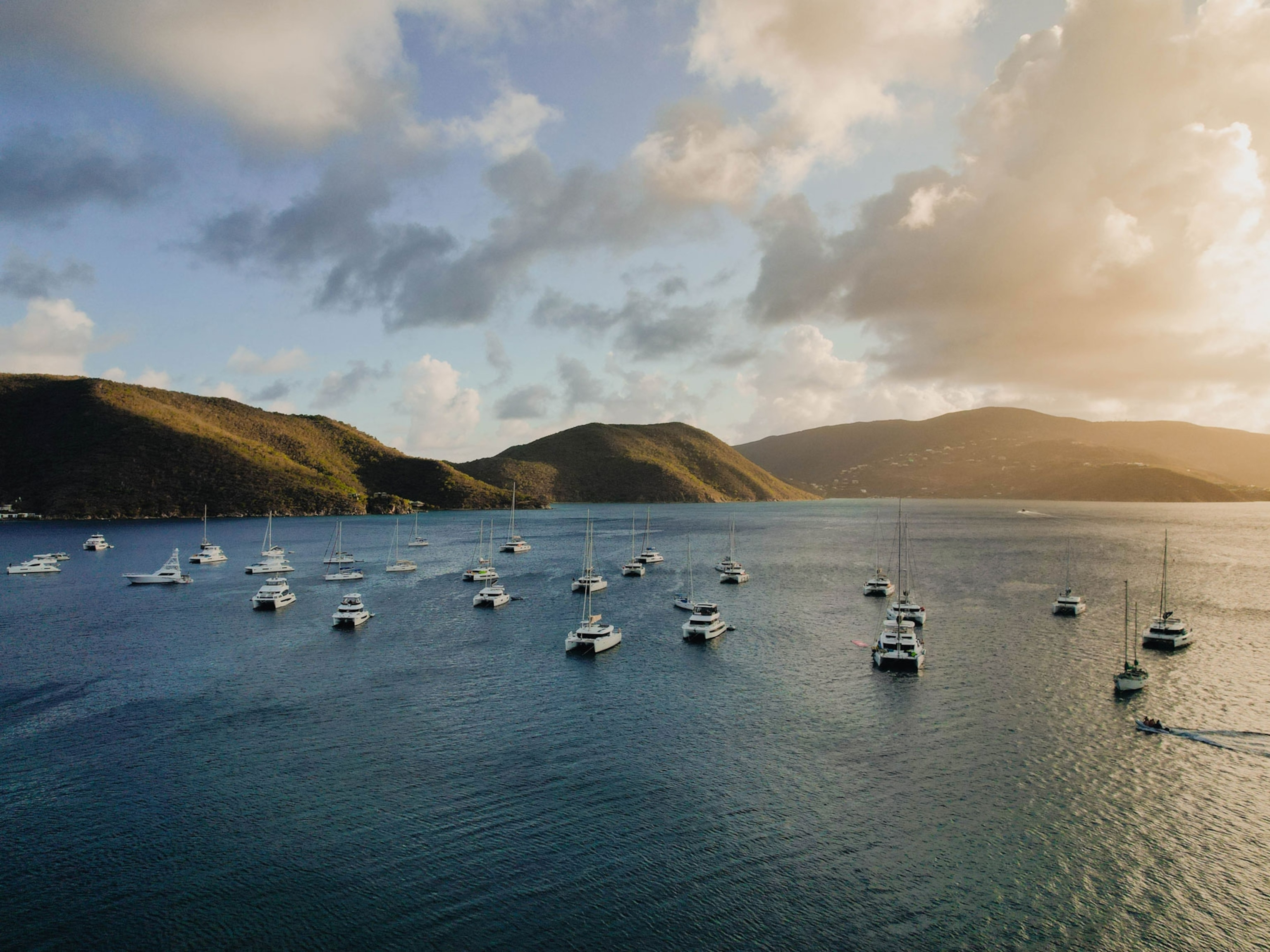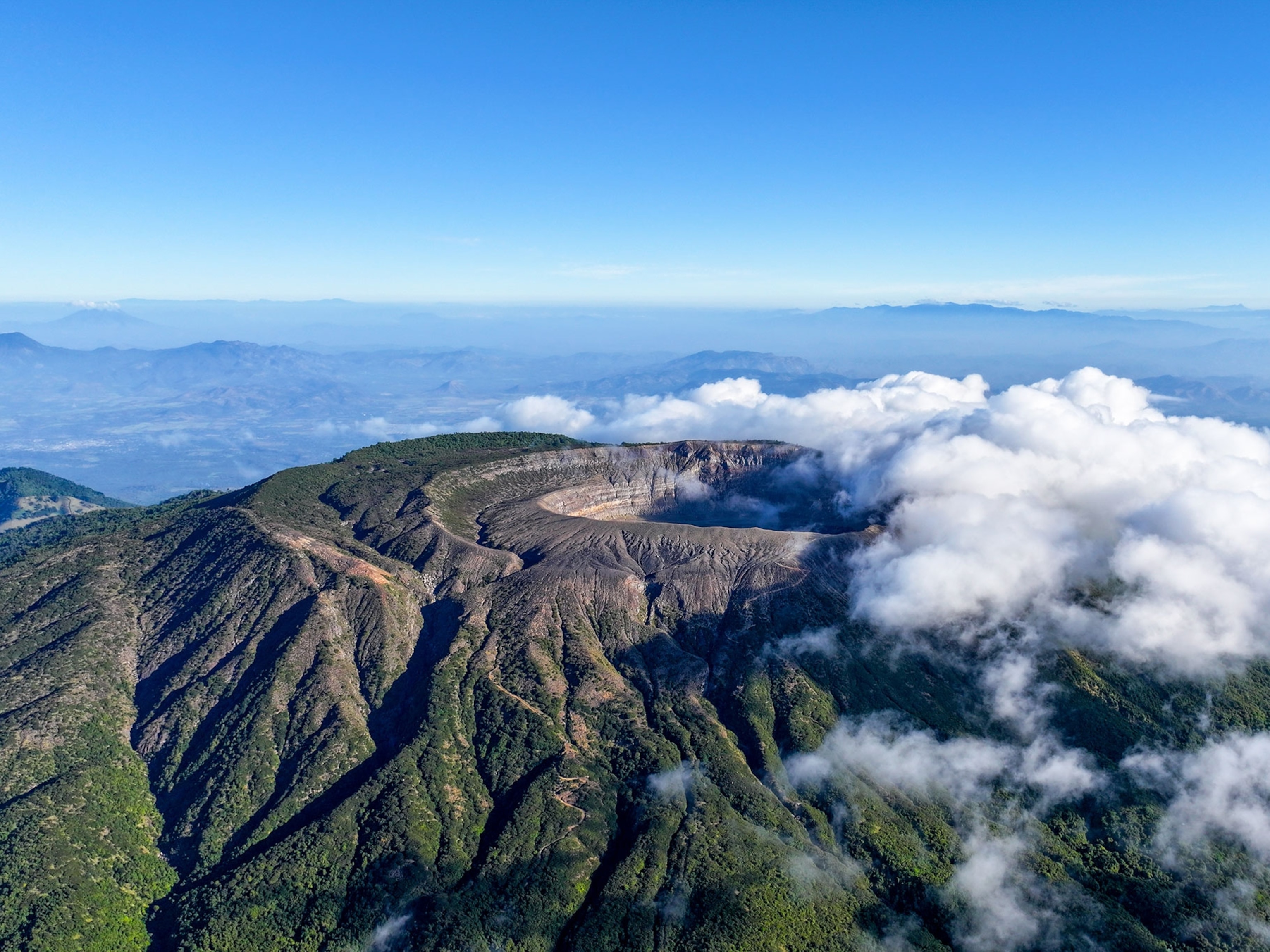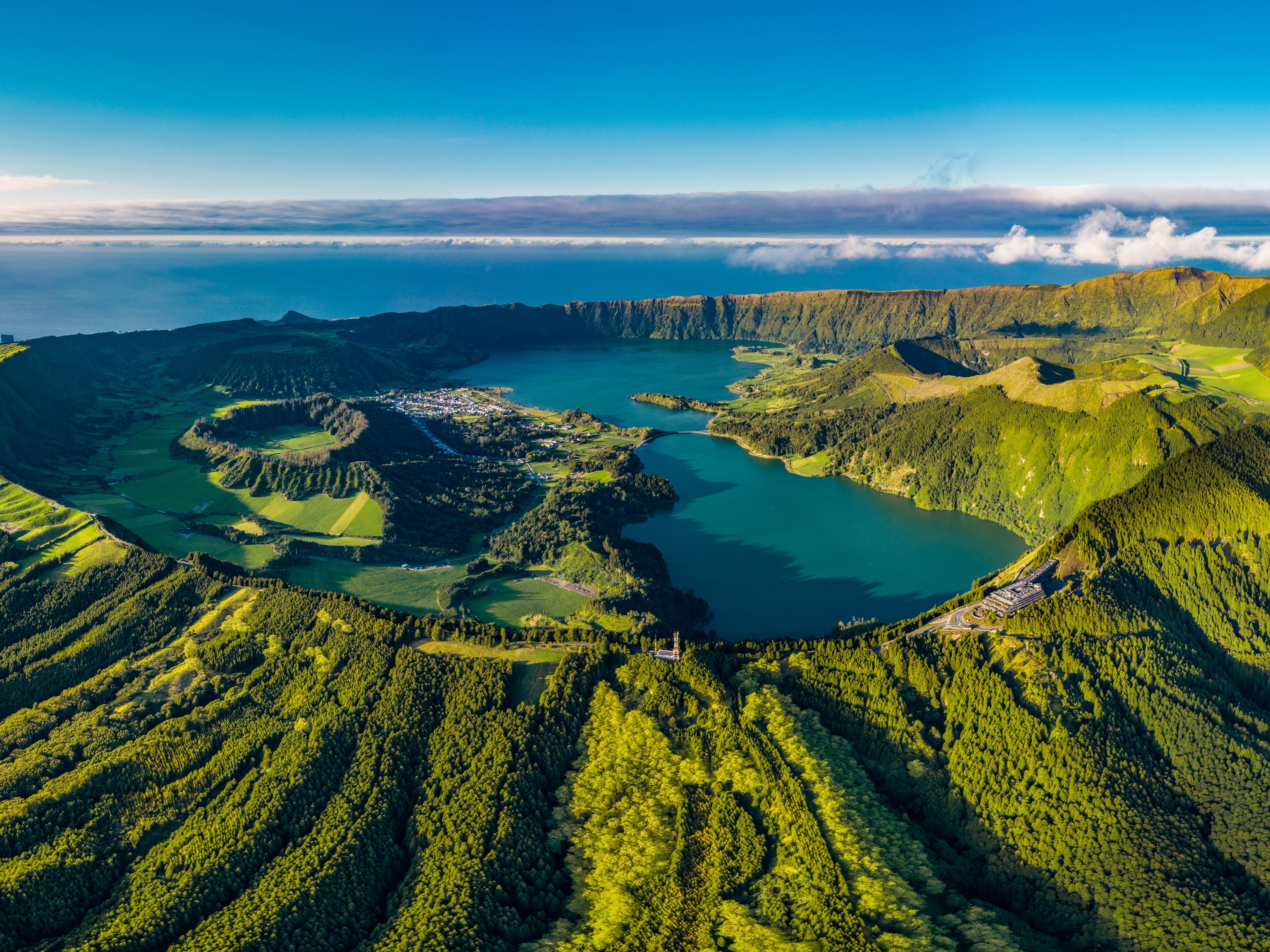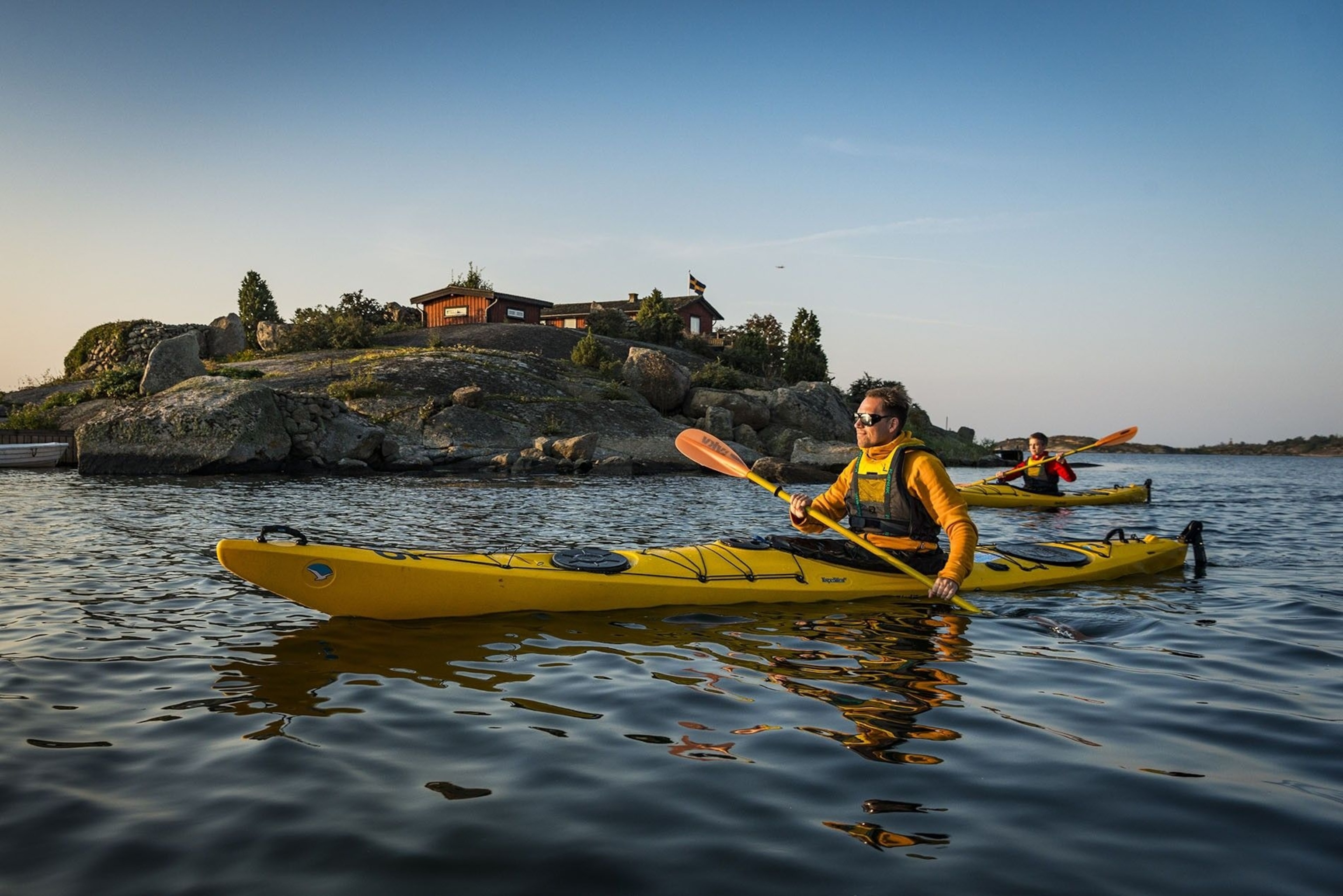
Discover the sea trails of the Baltic region of Blekinge, Sweden
During a visit to Skåne, take a detour to the neighbouring Blekinge archipelago, which invites adventure-lovers to hop from island to island, seek out rare wildlife and explore long-distance walking trails.
"The rock I’m standing on is old," says my guide, Per-Arne Olsson. “Two billion years old, to be precise.”
I’m in Sweden’s second-smallest province, Blekinge, which translates as ‘calm water’. Since 2011, this archipelago has been a UNESCO Biosphere Reserve — a wild region of brooding forests, hazy rivers and rocky islands, crisscrossed by a network of trails called ARK56. All these tracks — hiking, biking and kayak trails — are mapped on an app (available in English) and linked with hubs for transport, grill spots, jetties, lunch venues, hotels and other places to stay.
Today, we’re walking part of the of the long-distance Blekingeleden Trail. We pass a group of cream-white cows, cooling themselves in the Baltic Sea. Kayaks await at the end of our route, where the sea is as calm as a millpond. We push off from shore, bobbing over the first few small waves and pushing our paddles through the inky-blue water.
This untamed archipelago surfaced when the ice that covered the land melted over 10,000 years ago. Today, it’s an area to strike out to for serious adventure, towards 56 miles of primordial coastline and over a thousand islands in the Baltic Sea. Some of them, such as Tjärö, have a scattering of red-and-white houses, where you can refuel on delicious homecooked food; others are so tiny they rise from the water as rocky outcrops, with just a few cormorants standing on them, drying out their plumage.
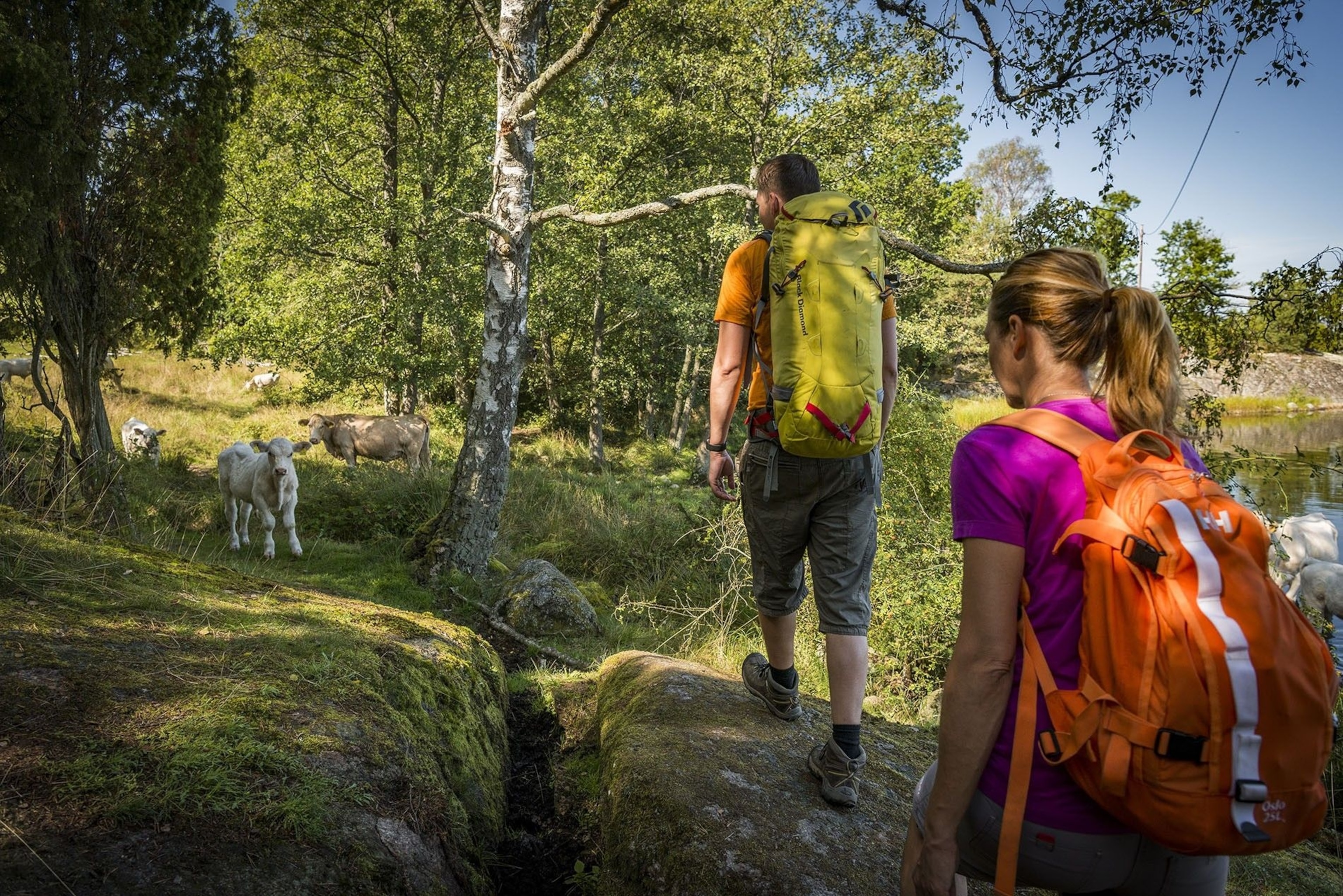
Bison, wild boars and sea eagles
If it’s wildlife you’re after, Eriksberg Hotel & Nature Reserve is just the place. This 2,285-acre private wildlife park in Blekinge serves as a home to more than 200 species of bird. "We [also] have almost 1,200 species of butterfly, 16 of bat and 117 of feather mosquito,” says Per-Arne, who’s served as CEO of the reserve for 18 years — and knows the name of every animal — as we drive along a dusty road. He goes on to reassure me that the mosquitoes don’t bite. "With a bit of luck, we might also see an osprey today," he adds.
The reserve was founded in 1938 by Swedish ornithologist, Bengt Magnus Kristoffer Berg. A true conservation legend and world traveller, he was one of the first nature photographers and filmmakers. Starting his career in 1910, he travelled the world to capture everything — from bearded vultures in the Himalayas, while floating in a hot air balloon, to shoebill storks in South Sudan. It’s thanks to him and his legacy that there are sea eagles left in Sweden — not to mention greylag geese, golden eagles and mute swans.
A bison crosses our path — a colossal beast of 500 kilos. Per-Arne recognises the animal and calls it “an old lady”. “There are 55 European bison here,” he explains. “You’ll find 5,000 in the wild, spread throughout Europe. If you add the ones in private parks to that figure, including those found in Eriksberg, you reach a total of [around] 7,000 European bison. That sounds like a lot, but to put this in perspective, there are more black rhinos in the world.”
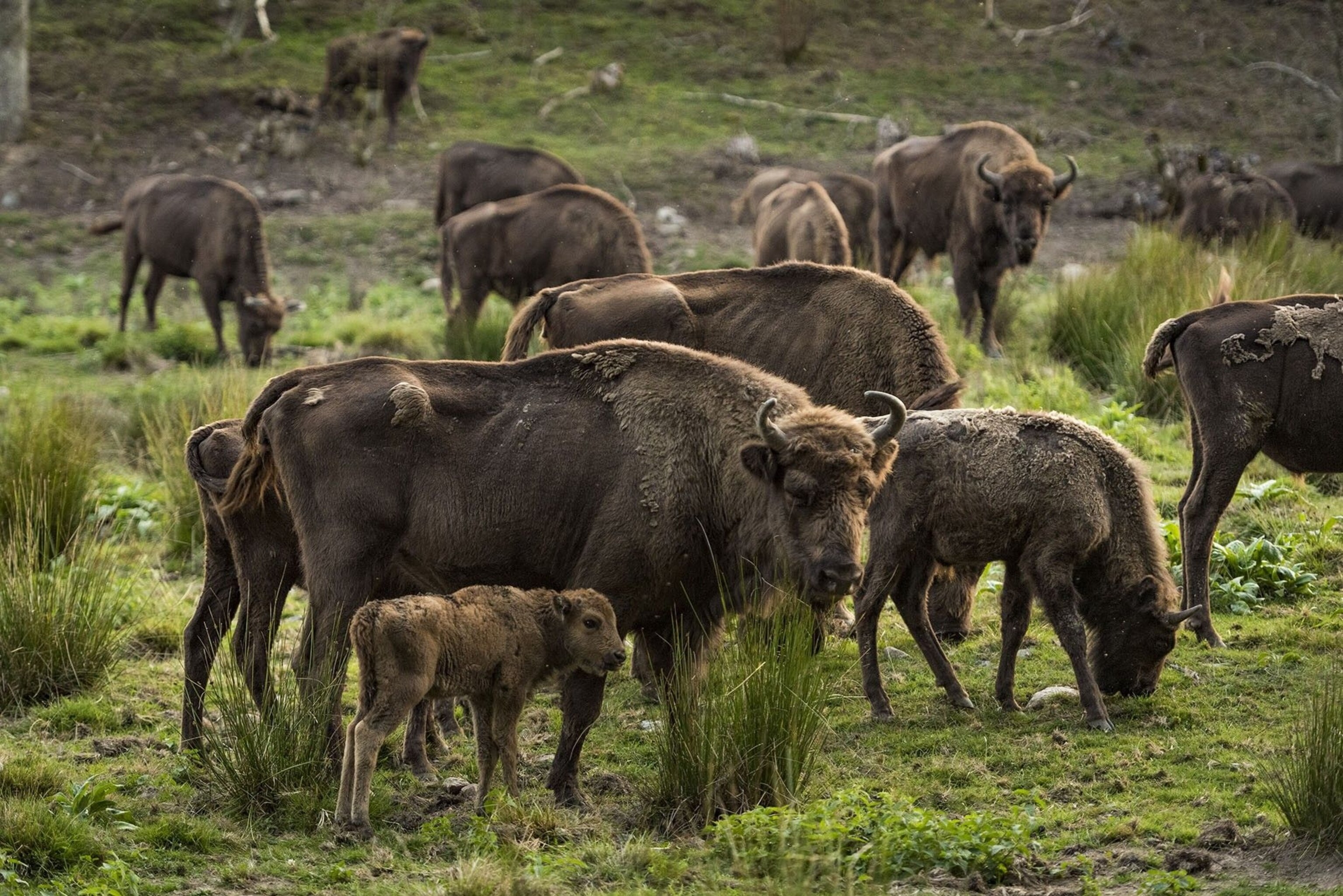
Glamping and outdoor cooking
Adventure seekers can dawdle in the reserve for days, camping in designated spots high on a mountain and looking out over glassy lakes, speckled with water lilies in dozens of pastel shades. There are plush glamping tents, too, and I settle on one of their terraces gazing out to killer views of a lake and the wilderness. It’s here that I meet the founder of the Swedish Icehotel, Yngve Bergqvist, who’s also on the board of the Eriksberg Nature Reserve. He holds a glass of red wine, and we look out in silence. I spot a wild boar — then another, and another. The boar piglets run along in small frightened steps, following their mother into the forest. A sea eagle is circling on high.
We aren’t spending the night here ourselves, but we stay in the park for the evening. Outdoor chefs Nilsson and Palm prepare our meal — fallow deer sirloin. Eat what the land gives you: that’s the way they do things here.
Follow National Geographic Traveller (UK) on social media
